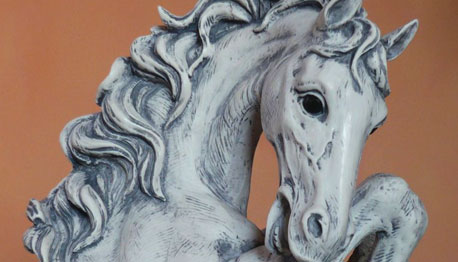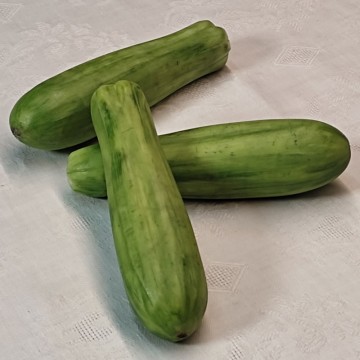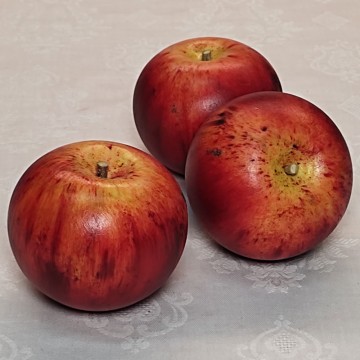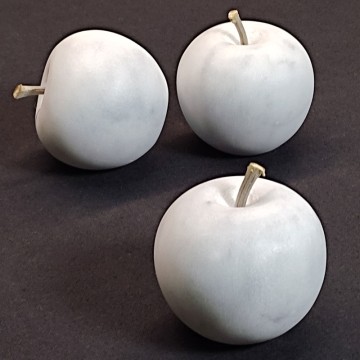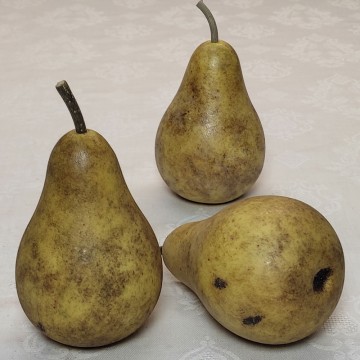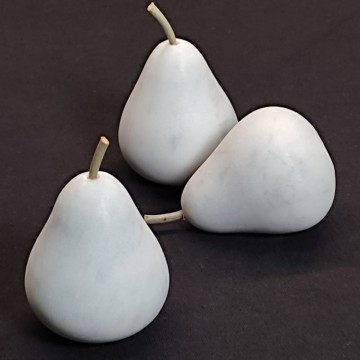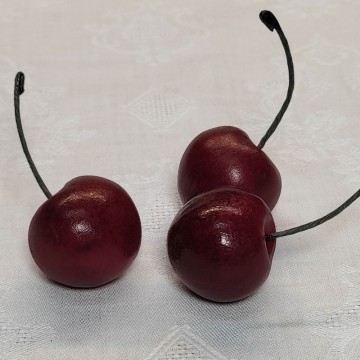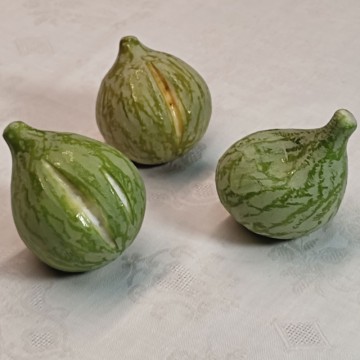Its origin is in the East, where it has been cultivated for thousands of years, but already the ancient Greeks and Romans used carrots, not so much for culinary purposes, due to their typical woody texture, but as medicinal plants.
The carrot is a perennial herbaceous plant, the edible part of which is the root, orange in colour, whose average length can vary from 3 to 20 centimetres.
The carrot is rich in vitamins, minerals and simple sugars such as glucose.
This is why its consumption promotes an increase in immune defences against infectious diseases.
.
At the foot of the Apuan Alps, Carrara is unique in the world for its marble quarries. The “white gold of the Apuan Alps”: this is how the marble of Carrara is defined, a precious stone with which important works have been realised and that has made this town, for centuries devoted to its extraction and processing, great.
One of the first people to venture into marble quarrying were the Romans who, by inserting beams of fig wood inside natural fissures in the rock, filled these with water until they were completely impregnated and caused the rock to split. This extraction technique remained unchanged, if not with minor variations, until the Renaissance when Michelangelo began to frequent the Carrara area to directly choose the raw material for his works: it was from Carrara, transported along the Arno, that the block from which the Maestro sculpted the famous David came.
Marble thus became an important raw material for the construction, furnishing and decoration of public buildings and patrician residences.
Even today, skilful artists and craftsmen still work this material with mastery, creating stupendous works of art and decorative objects that become true furnishing accessories.







